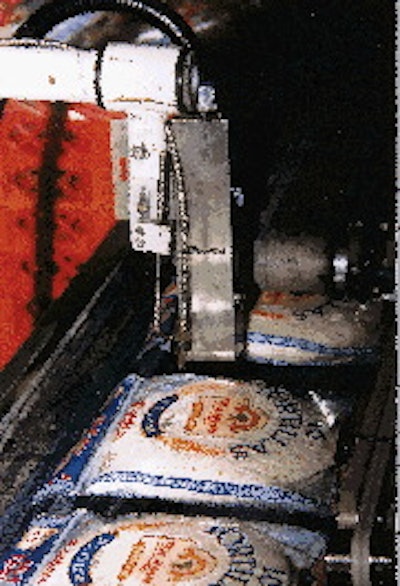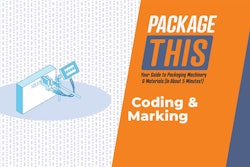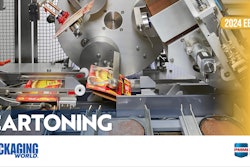
When a plant engineer at Tia Rosa bakery decided to change ink-jet inks, he was just trying to save the company some "dough." What he didn't count on was putting thousands of lb of tortilla dough in jeopardy.
Based in Grand Prairie, TX, Tia Rosa is a specialty bakery manufacturing corn and flour tortillas for retail and foodservice markets in the Southwest and Mexico. The ink in question is used on five Codebox 2 Automatic ink-jet printers from Domino Amjet (Gurnee, IL). These coders are used to identify flexible film packages with a shift code, the initials of the operator and a pull-by date.
From the day the coders were first put to use in 1995, the ink used in them was one from Domino that met FDA requirements for food packaging materials. All five coders were running smoothly until November '97, when they started producing errors. It didn't take long to realize that a switch in inks had caused the problem.
"The decision to switch inks was made by a new plant engineer who wanted to save about three thousand dollars a year," says plant manager Fernando Orozco. Unfortunately, when the ink was changed, the new ink supplier recommended overriding the procedures specified in Domino's Fluid Management System. This was a big mistake because the Domino system is carefully designed to prevent contaminant particles in the manufacturing environment from causing harm to the printers or causing a poor code. The wrong ink and the incorrect installation of that ink compromised the integrity of the Fluid Management System, leaving the ink susceptible to fine flour dust particles. This in turn interfered with the operation of the self-cleaning print heads. Flour dust accumulated first on the print heads and then in the ink. Shortly after the ink switch was made, Tia Rosa was forcing contaminated ink through the machine, which clogged and eventually shut down the printers completely.
Once the problem was identified, the bakery switched back to Domino's inks and resumed a strict observation of the protocol set down in the Fluid Management System. Consequently, the self-cleaning print heads resumed operating, and printing returned to normal.
"We were down for three days," Orozco says. "We had to code everything by hand. Over the course of three days, I brought in three extra people to code thirty-six-thousand packages. As soon as the machines were serviced and put back on track, the problems were completely eliminated. We've been running without problems ever since."
























